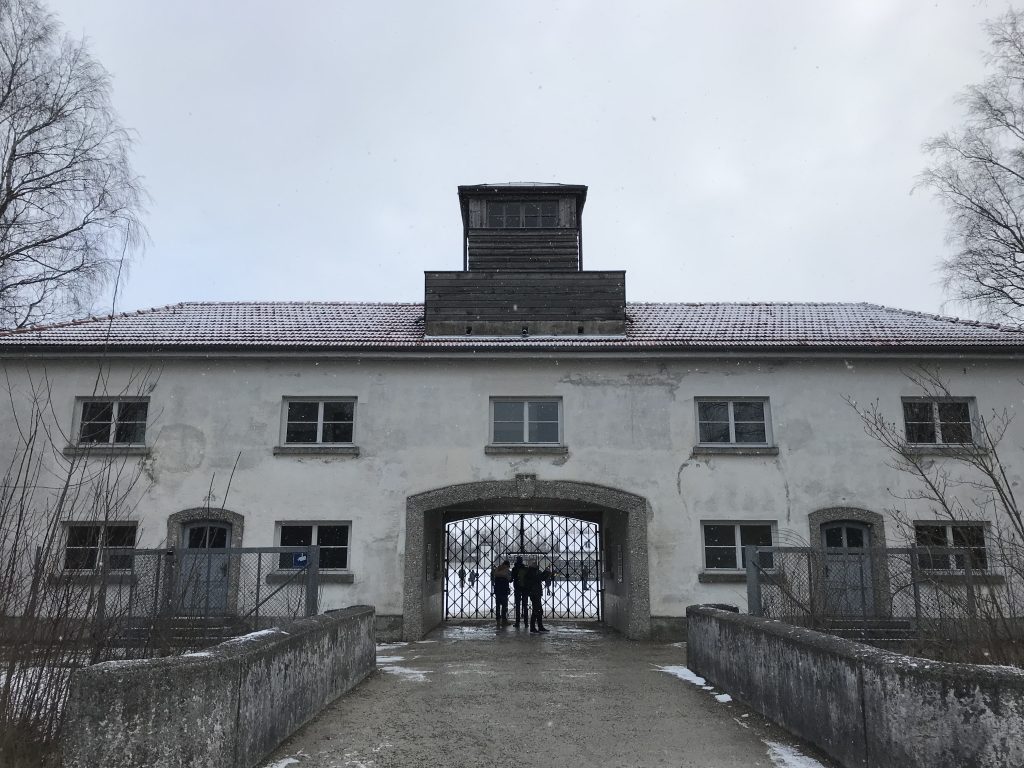On our final full day in Europe we visited the city of Arnhem which is a city situated in the Eastern part of the Netherlands. We explored and ate lunch in the city and then visited the nearby town of Oosterbeek where we visited the Hartenstein Airborne Museum. The Hartenstein Airborne Museum is dedicated to the Battle of Arnhem which was a battle that took place during World War II as a part of Operation Market Garden.
Operation Market Garden was an attempt by the allies cross the Rhine River, which was one of the biggest obstacles to gaining access to Germany during the later part of the war. The operation called for a monumental airborne assault in the Netherlands to capture 8 bridges between Eindhoven, Nijmegen, and Arnhem. The operation is considered a failure as it did not reach its main objective of securing the traffic bridge at Arnhem, even though all the other bridges had been captured. The failure of the operation is attributed to poor planning and and unforeseen delays.
During our visit, we were able to see the John Frost bridge (named after the British commander who held the bridge during the operation) where so many people had lost their lives either defending it or trying to capture it. It was interesting to see since it looked like any ordinary bridge with traffic streaming across it–perhaps unaware of its significance.
At the Hartenstein Airborne Museum, there were many interesting displays and information about Operation Market Garden. One of the things the museum emphasized was the loss of Dutch lives due to starvation after the operation failed, as much of the northern part of the Netherlands was still in German hands, but was cut off from the rest of German territory. Even though the allies caused so much devastation to the Dutch people (indirectly), the Dutch people did not seem to hold any grudge against the allied forces as they saw them as liberators. The museum also had an exhibit on the Dutch resistance and the role they played during Operation Market Garden as well as a cool walk-through experience with life-sized displays.
I thought what we experienced today was a great lesson since it showed that even with great odds and poor judgement, failure can still occur, as well as how much people are willing to sacrifice for their freedom.

